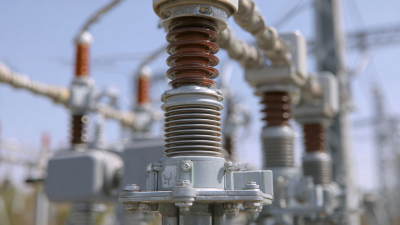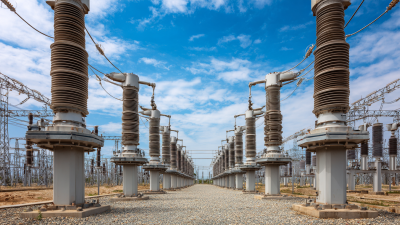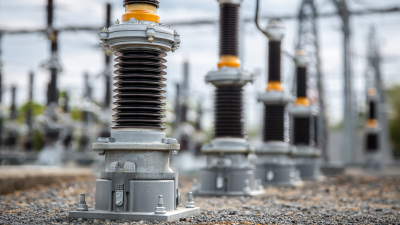
-
Home
-
About Us
-
Products
-
News
-
Blog
-
Contact Us
Leave Your Message

In the ever-evolving field of electrical engineering, selecting the appropriate components for system protection is crucial. Among these components, the Polymeric Surge Arrester stands out as a vital element for safeguarding electrical systems against transient overvoltages. According to a recent report by research firm MarketsandMarkets, the global surge protection device market is expected to reach $2.5 billion by 2025, driven by increasing investments in renewable energy and the need for enhanced infrastructure resilience. The unique properties of polymeric materials, combined with their lightweight and durability, make Polymeric Surge Arresters an optimal choice for utilities and industry applications alike. As the demand continues to rise, understanding the specifications, installation processes, and effective application of Polymeric Surge Arresters becomes essential for engineers and procurement professionals aiming to ensure the reliability and longevity of electrical networks.
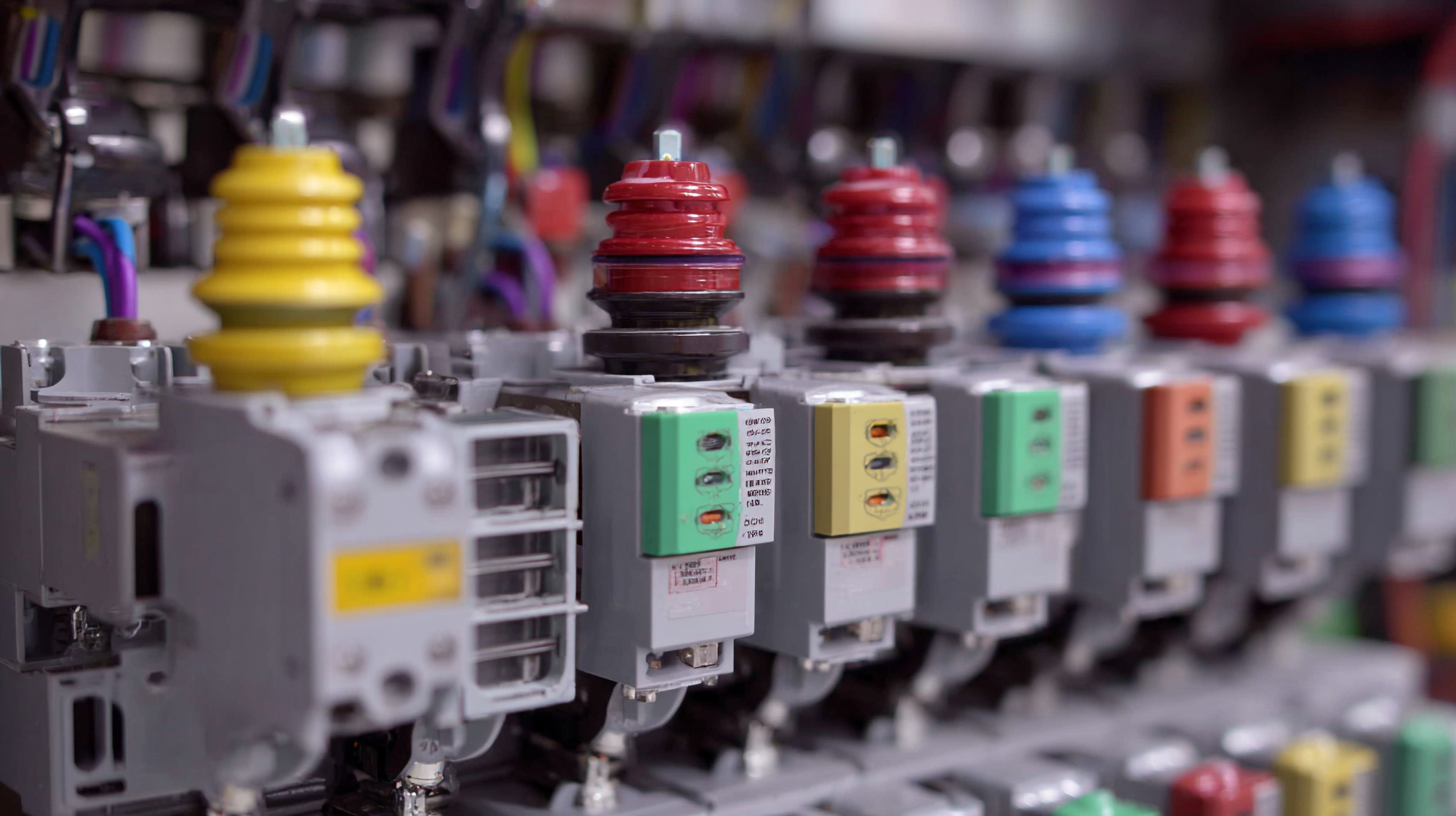
Polymeric surge arresters play a crucial role in safeguarding electrical systems from voltage spikes and transients. These voltage surges can be caused by various factors such as lightning strikes, power surges, or switching operations. The ability of polymeric surge arresters to absorb and redirect excessive voltages protects both equipment and infrastructure from potential damage, ensuring longevity and reliability in electrical operations.
Selecting the appropriate polymeric surge arrester involves understanding its specifications, including voltage rating, energy absorption capability, and environmental resistance. By choosing a high-quality arrester that meets the specific requirements of the electrical system, operators can enhance resilience against electrical disturbances. Moreover, the versatility of polymeric materials enhances the performance of these devices, making them suitable for a wide range of applications, from utility power systems to renewable energy installations. Ultimately, recognizing the significance of polymeric surge arresters leads to better protection strategies and more efficient electrical system management.
This bar chart compares the key performance attributes of different polymeric surge arresters used in electrical systems. The data reflects the average response times and energy absorption capacities of various models.
When selecting a polymeric surge arrester for your electrical system, several key factors must be considered to ensure optimal performance and reliability. One of the primary aspects is the operating voltage of the system. According to a report by the International Electrotechnical Commission (IEC), polymeric surge arresters are rated for various voltage levels, and selecting one that matches or exceeds your system’s operational voltage is crucial to prevent failure under transient conditions. For instance, systems operating at 34.5 kV typically utilize surge arresters rated at 36 kV to maintain a safety buffer against surges.
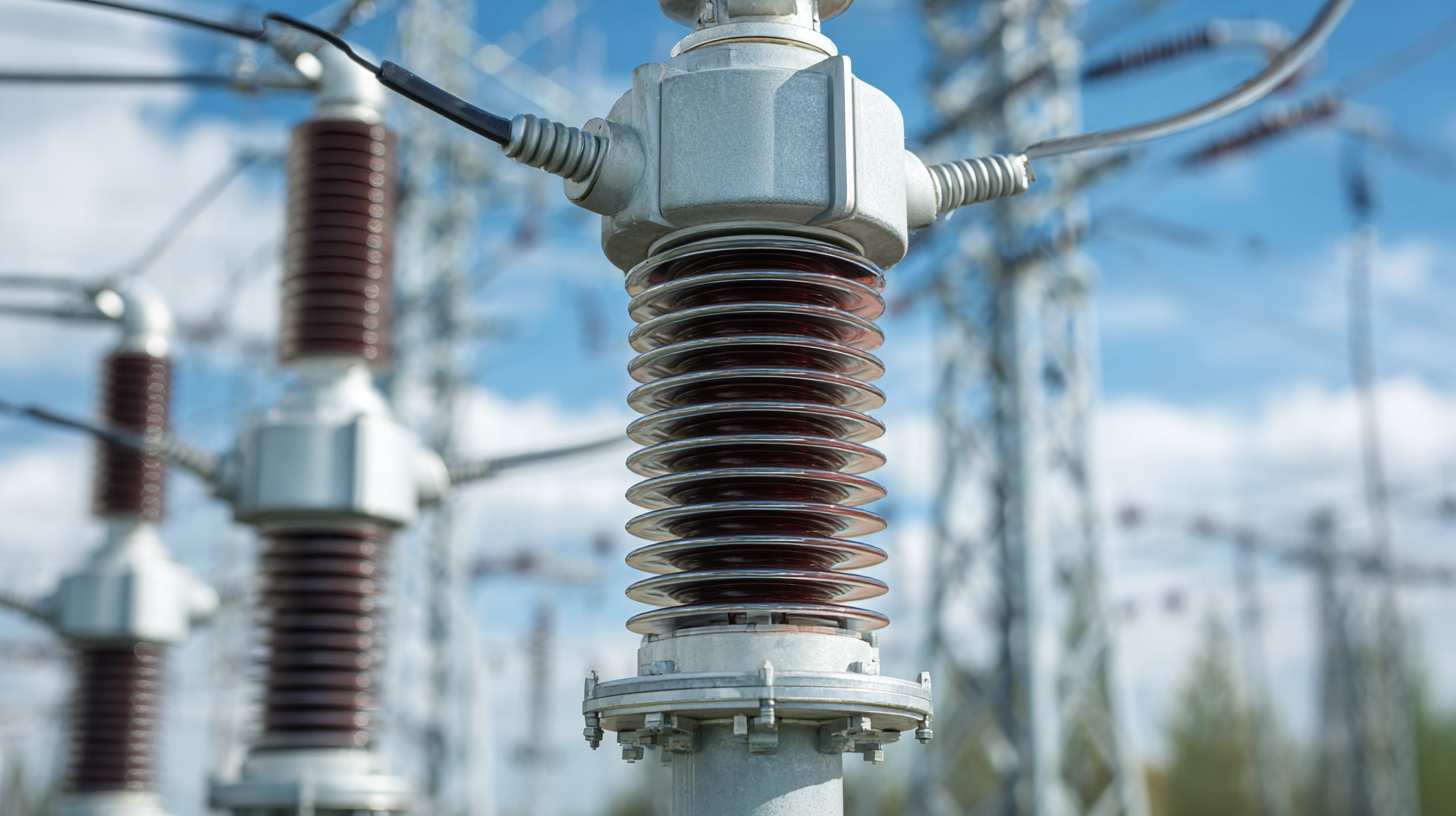
Another essential factor is the environmental conditions where the arrester will be installed. The IEEE Std 1620-2021 highlights that polymeric materials can vary in their durability based on environmental stresses, such as UV exposure and temperature fluctuations. It’s essential to choose a surge arrester with the appropriate insulation material and protection features designed to withstand specific local conditions, ensuring longevity and reducing maintenance costs. Ultimately, evaluating these key factors can lead to a more resilient electrical system capable of effectively managing transient overvoltages.
When selecting a polymeric surge arrester for your electrical system, one of the critical factors to consider is the voltage rating. Surge arresters are designed to limit voltage transients to protect sensitive electrical equipment. According to the IEEE 576 standard, the voltage rating of the surge arrester must exceed the maximum system voltage but remain lower than the insulation level of the devices to be protected, ensuring optimal performance. Using arresters with voltage ratings that fit these parameters can significantly mitigate risks associated with power surges.
**Tip 1:** When evaluating surge arresters, reference the manufacturer's voltage rating curve to understand performance characteristics over a range of operating conditions, as this will help you anticipate how the arrester will respond during voltage spikes.
In addition to voltage ratings, it's essential to consider the energy absorption capability of the surge arresters, typically expressed in joules or kilovolts (kV). For example, a surge arrester rated for 20 kV can effectively protect systems operating at 15 kV under normal conditions, as it can endure transient surges without failing. Selecting an arrester with adequate energy absorption capability ensures resilience against unforeseen voltage spikes that can result from switching events or lightning strikes.
**Tip 2:** Review industry reports, like those from the International Electrotechnical Commission (IEC), which provide insights into surge arrester performance and reliability data, helping you make informed choices based on field-tested products.
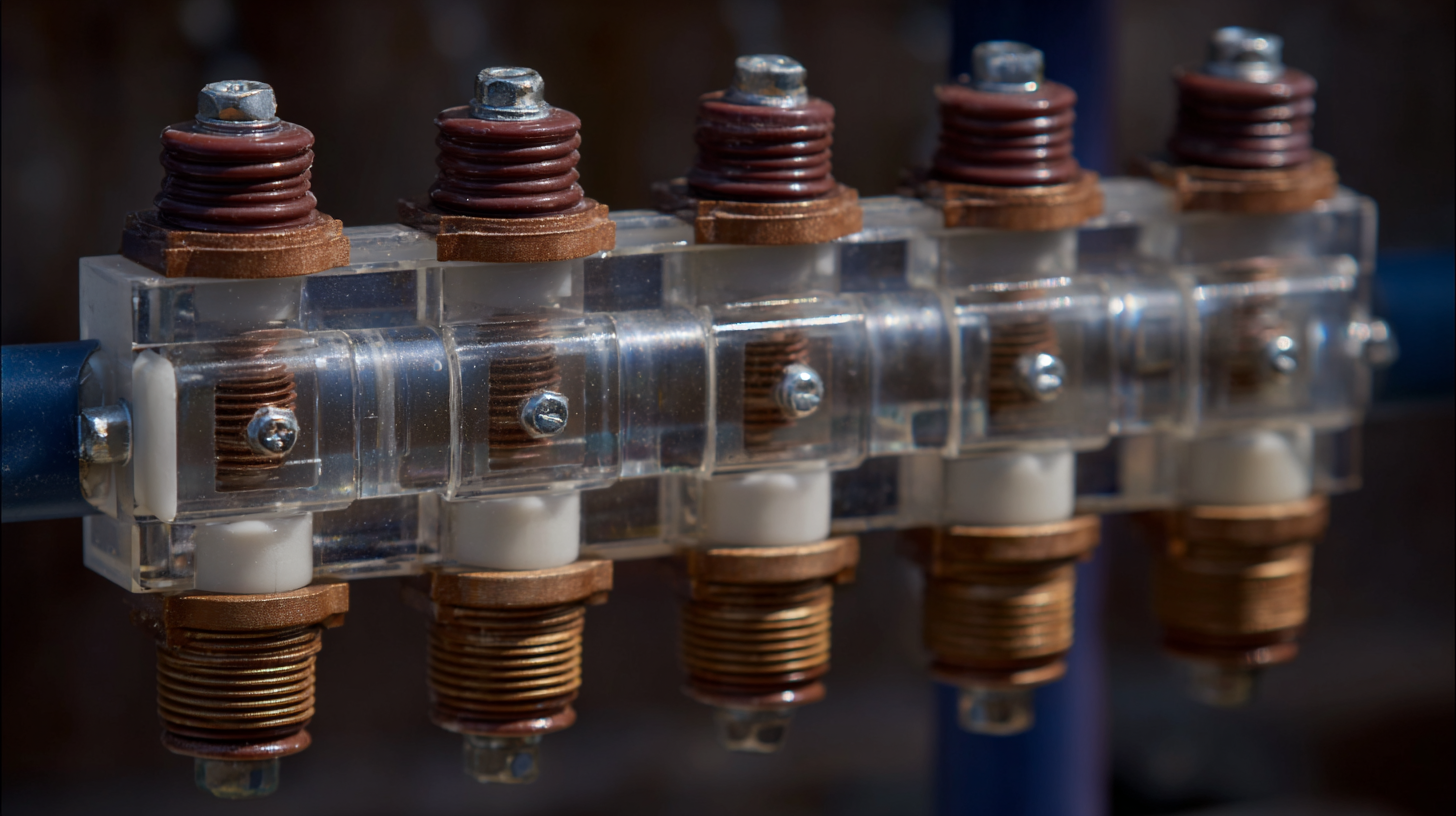
When selecting a polymeric surge arrester for an electrical system, evaluating the environmental conditions is critical. Various factors such as temperature, humidity, and the presence of pollutants can significantly influence the performance and longevity of surge arresters. For instance, areas with high humidity levels might see an increased risk of corrosion, which can deteriorate the insulating properties of the arrester over time. Conversely, extreme temperatures can affect the material integrity, leading to premature failure.
Furthermore, locations exposed to environmental stressors like UV radiation, chemical pollutants, or saline conditions require special consideration. Polymeric materials need to be specifically engineered to withstand such stresses to ensure reliability and effectiveness in protecting electrical systems. Assessment of these conditions helps in making informed decisions about the type of polymeric surge arrester best suited for the application, ultimately enhancing system performance and reducing maintenance costs.
When selecting a polymeric surge arrester for your electrical system, understanding the differences in brand features and reliability is crucial. Recent market studies indicate that polymeric surge arresters have experienced a substantial growth rate, projected to reach USD 1.12 billion by 2027, with a CAGR of 5.2% from 2020 to 2027. This growth reflects the rising demand for protective devices in various applications, necessitating a careful evaluation of the options available.
In examining different brands, it's evident that key features such as insulation levels, energy absorption capacity, and environmental resilience are vital. A comparative analysis reveals that brands like Siemens and ABB lead the market, offering arresters that withstand harsh conditions while maintaining performance. According to a report by Frost & Sullivan, Siemens' polymeric surge arresters have been noted for their superior thermal performance, withstanding temperatures up to 140°C. Meanwhile, ABB's arresters boast a robust structure that enhances mechanical reliability, crucial for long-term installation in voltage-sensitive environments. Understanding these features will empower operators to make informed decisions when integrating surge protection into their electrical systems.
